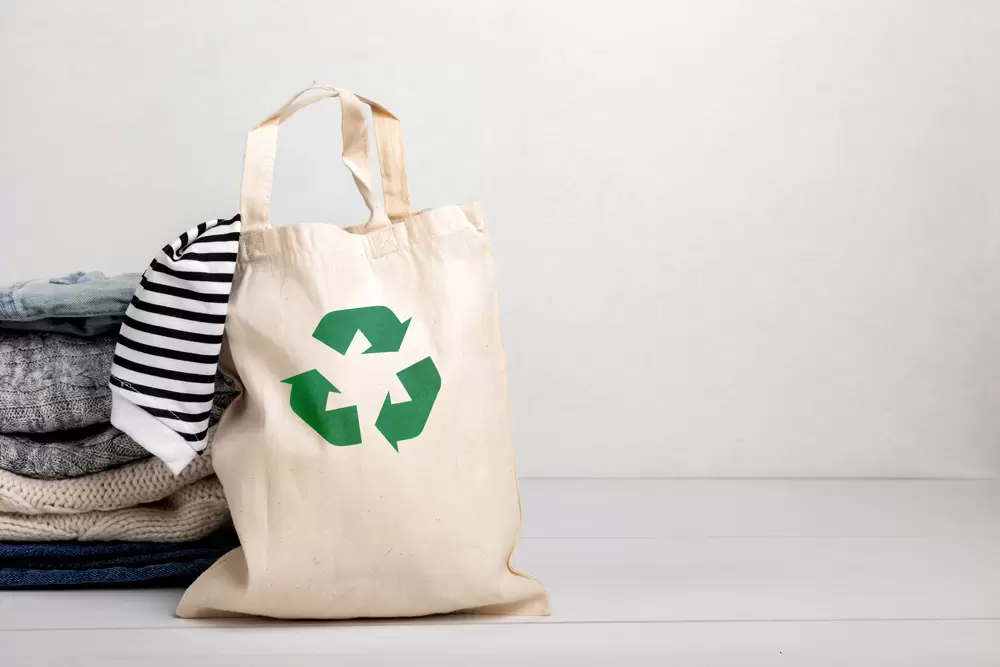Introduction
In recent years, there has been a growing awareness of the need to adopt more sustainable lifestyle choices in order to protect the environment and conserve resources. One way to achieve this goal is by embracing the practice of thrifting, or shopping for secondhand items. This article will explore the various ways in which thrifting can help reduce your environmental impact while still allowing you to enjoy a stylish and functional wardrobe.
1: The Environmental Costs of Fast Fashion
The modern fashion industry, particularly the fast fashion sector, has become notorious for its negative environmental impact. Factors that contribute to this problem include:
- Overproduction: The constant cycle of new clothing releases and trends leads to the overproduction of garments, many of which end up in landfills or incinerated.
- Resource depletion: The production of clothing requires large amounts of water, energy, and raw materials, such as cotton and synthetic fibers, which can lead to resource depletion and ecosystem damage.
- Pollution: The manufacturing processes involved in producing textiles and garments often result in significant air, water, and soil pollution due to the release of chemicals and waste products.
2: How Thrifting Supports Sustainable Fashion
Thrifting offers an alternative to the fast fashion model by promoting the reuse and recycling of clothing and other items. By shopping for secondhand items, you can:
- Reduce waste: Purchasing pre-owned items helps prevent them from ending up in landfills or being incinerated, thereby reducing overall waste generation.
- Conserve resources: Buying secondhand items reduces the demand for new products, which in turn decreases the amount of resources needed for production.
- Minimize pollution: Supporting the secondhand market indirectly reduces the pollution associated with the production of new items.
3: The Lifecycle of a Thrifted Garment
When you purchase a thrifted garment, you extend its lifecycle and contribute to a more circular economy. The lifecycle of a thrifted garment typically involves the following stages:
- Production: The initial creation of the garment, which involves sourcing raw materials, manufacturing, and transportation.
- First owner: The garment is purchased and used by its original owner.
- Donation or resale: The first owner donates or sells the garment to a thrift store, consignment shop, or online resale platform.
- Second owner: The thrifted garment is purchased and used by a new owner, who may later decide to donate or resell it again, further extending its lifecycle
4: The Role of Repair and Upcycling in Sustainable Thrifting
In addition to purchasing secondhand items, embracing repair and upcycling practices can also contribute to a more sustainable wardrobe. By learning to mend, alter, or repurpose your thrifted finds, you can:
- Extend the lifespan of your garments, further reducing waste and resource consumption.
- Personalize your wardrobe by creating unique, one-of-a-kind pieces.
- Reduce your reliance on fast fashion and mass-produced clothing.
5: Tips for Eco-Conscious Thrifting
To make the most of your thrifting experience while minimizing your environmental impact, consider the following tips:
- Prioritize quality: Look for well-made, durable items that will stand the test of time and reduce the need for frequent replacements.
- Shop locally: Support local thrift stores and community-based organizations, which can help reduce the transportation-related emissions associated with shopping.
- Be selective: Focus on purchasing items that you truly need or love, rather than simply buying for the sake of a bargain.
- Donate responsibly: When donating items to thrift stores, ensure that they are in good condition and suitable for resale.
Thrift to Help our Planet
In conclusion, thrifting is a powerful way to make a positive impact on the environment while still enjoying a fashionable and functional wardrobe. By embracing secondhand shopping, repairing and upcycling items, and adopting eco-conscious thrifting habits, you can actively contribute to the reduction of waste, conservation of resources, and minimization of pollution associated with the fashion industry. As more and more people join the thrifting movement, we can collectively work towards a more sustainable future and ensure a healthier planet for generations to come.



